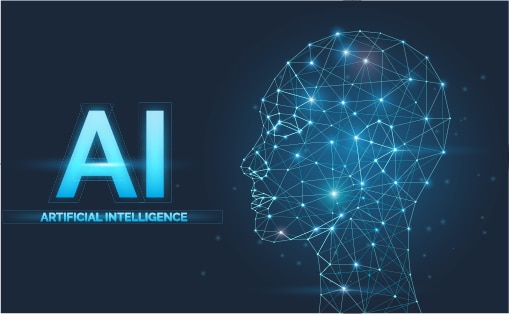In our previous articles, we have extensively covered the topics related to Deep Learning and Machine Learning. In this article on applied AI course, we will discuss an AI sub-domain that amalgamates ML and DL techniques. It’s referred to as Deep Reinforcement Learning or DRL, as it is popularly called in the data science industry.
One of the fastest ways to understand an applied AI course online is to focus efforts and time on an interesting technique called Deep Reinforcement Learning (DRL). In the modern world of AI ML techniques, we are witnessing a rampant use of distinguished branches of AI technologies such as DRL that are widely applied to the fields of video game development, robotics, IoT, robotics sensors, and self-driving and connected cars fleets.
What makes Deep Reinforcement Learning such a complex science to master?
DRL is considered to be one of the most puzzling techniques within the AI ML domain, as it is mostly developed on algorithms based on trial and error methods. The basis is driven by the use of Unstructured Data sources that could generate results using model-based supervised learning, or model-free dynamic programming. Both models are carried on as part of a forward learning environment, and require a certain degree of goal conditioning and supervising from manual engineering, as deployed by data scientists and AI engineers. This manual interjection makes traditionally employed models of Deep Reinforcement Learning far more complex than what is desired in the modern AI world.
Future of Deep Reinforcement Learning
The future of DRL modeling is very straightforward.
In our numerous blogs on how to master AI and Machine Learning techniques, we discussed the importance of adapting quickly to fast-changing programming environments. This principle also applies to DRL models that have to be trained to adapt to newly-created 3D ML models for computing and reverse reinforcement learning. These can be understood in the regular AI course by carrying out practical testing on multi-agent behavioral experiments, object finding and image capturing techniques, and multi-player games outcome predictions models.
The aim is to create a DRL platform that can help to build one RL agent and reach multiple goals in varying environments, mostly structured around 3D progresses. It would be mostly based on the concept of reward-based ML training, which implies that high-level intelligent models can be trained by sending a signal that programmatically corresponds to reward maximization.
Some advanced applications of DRL include:
- Direct-Vision-Based Reinforcement Learning
- Rubik’s Cube puzzle solving
- Computer Vision-based navigation
- Human behavior simulation
- Self-learning CNN / Language translator
- AI Accelerators / AI-embedded ML Chips for next-gen supercomputers/chess playing software, and so on.
We are looking to build DRL models that can work without goal conditioning and resultant effects can be studied with Multi-agent reinforcement learning and off-policy reinforcement learning.
This is the most complex set of AI ML techniques that you would probably come across in your Applied AI Course. And, we are here to help you find solutions to these complex challenges.






